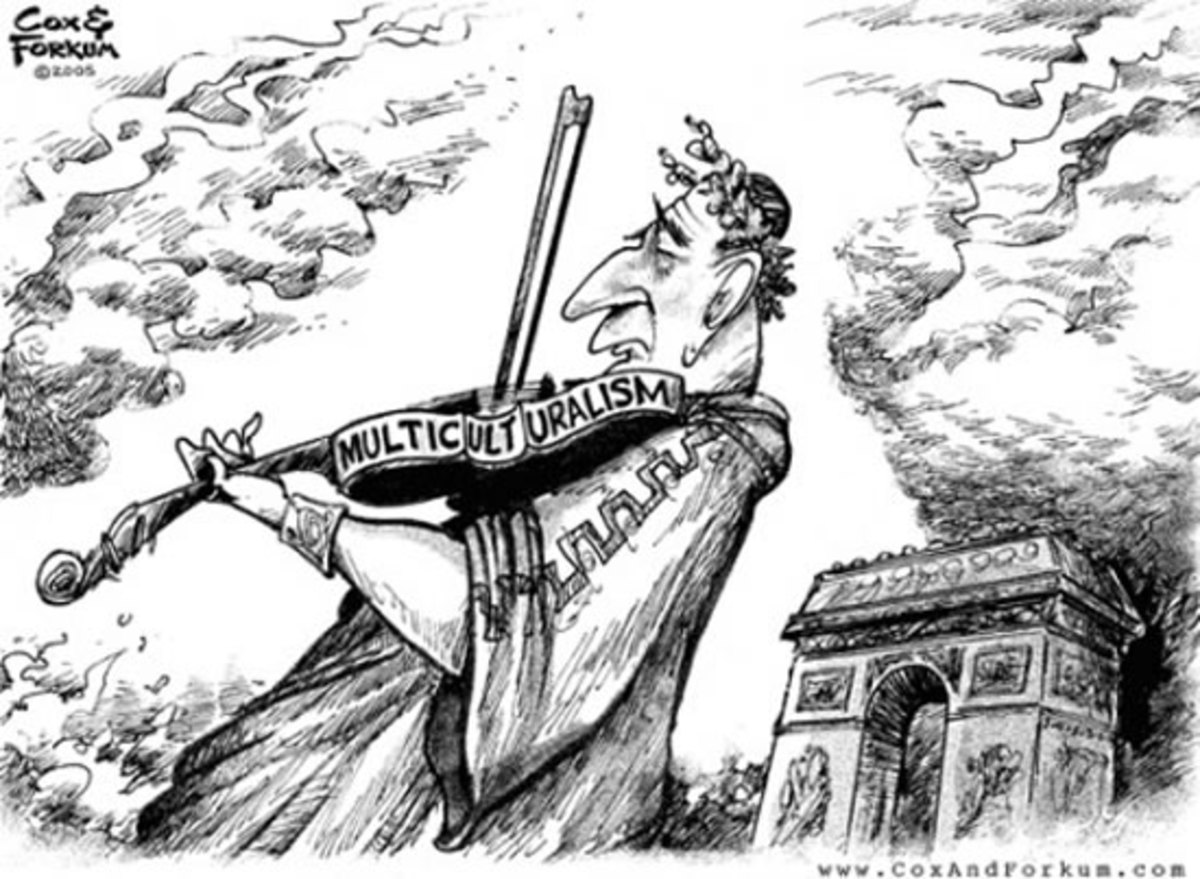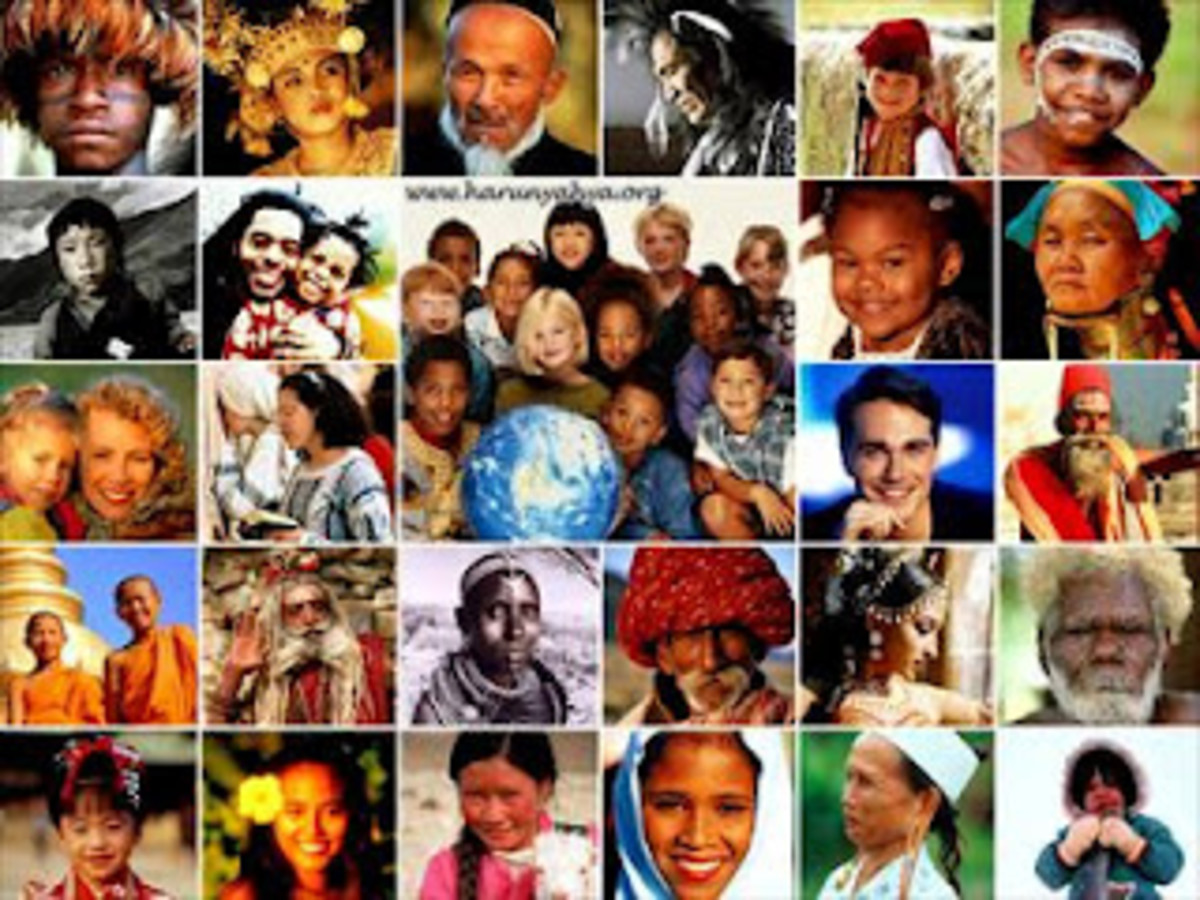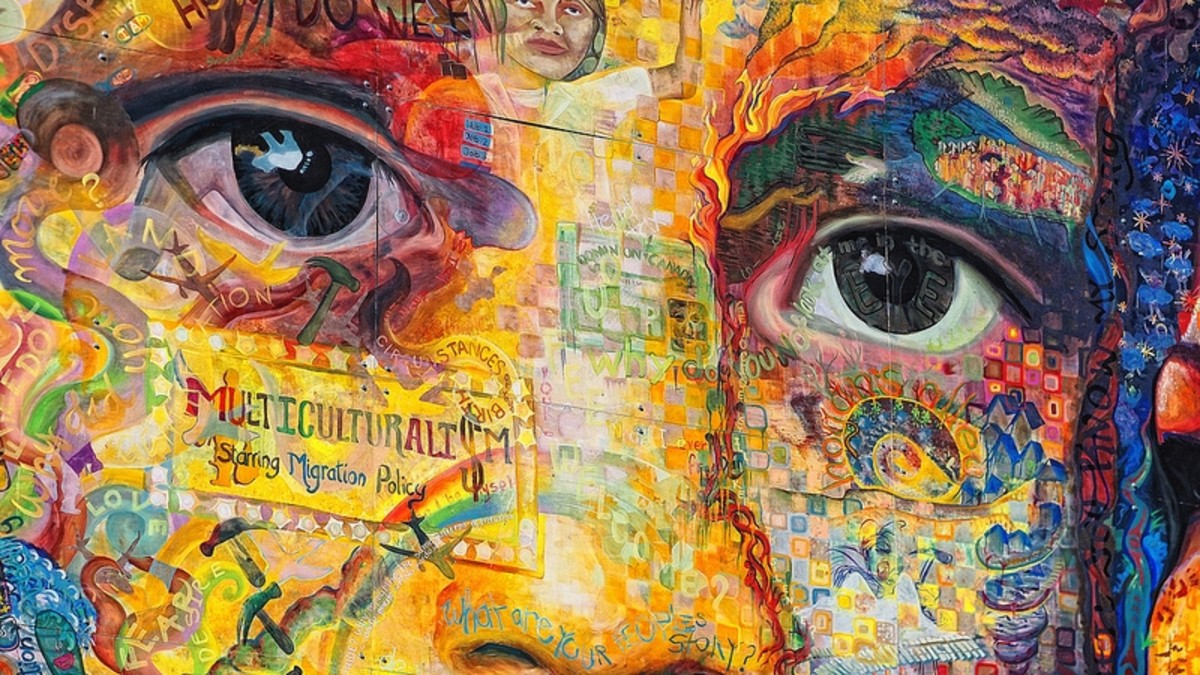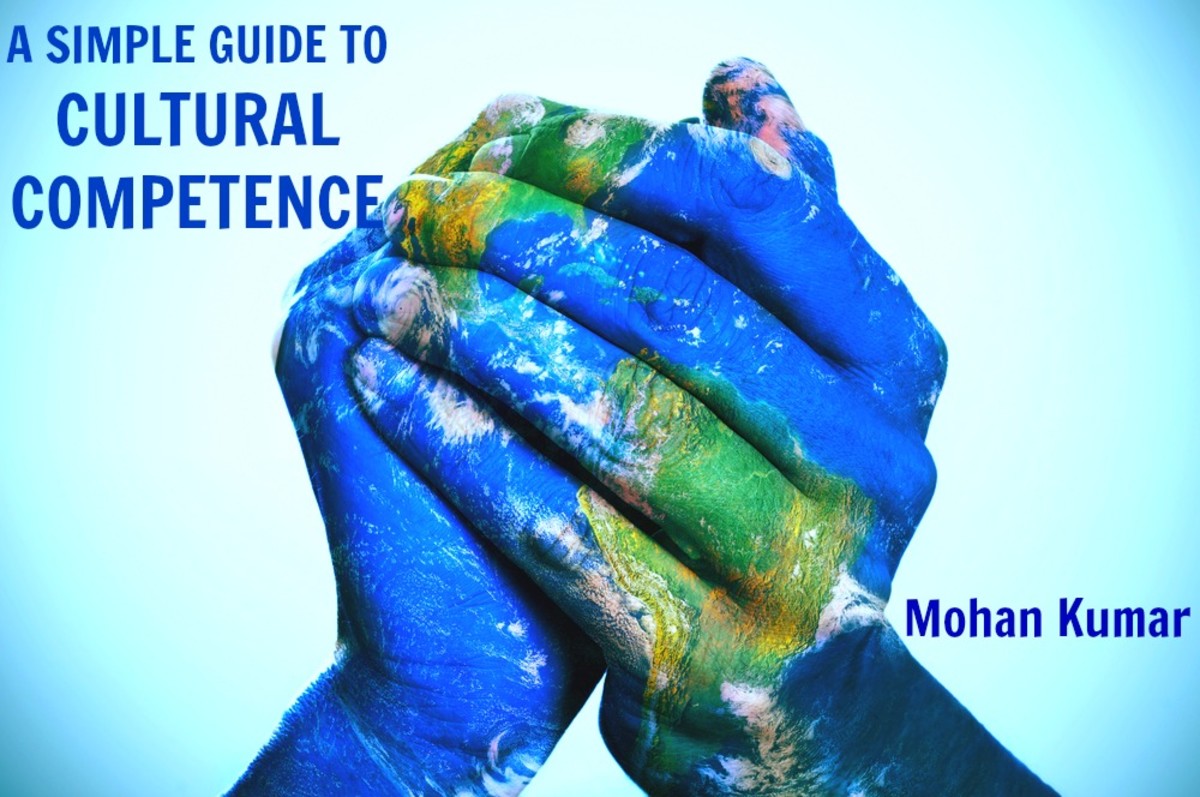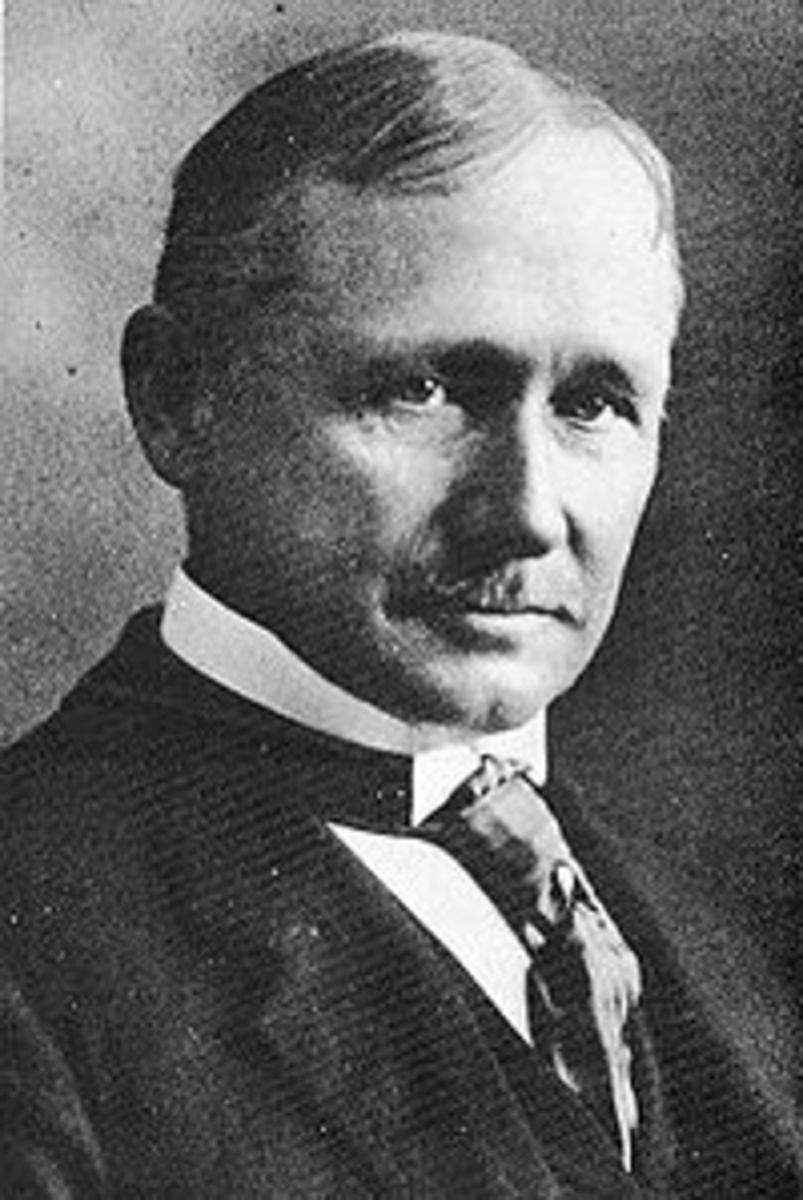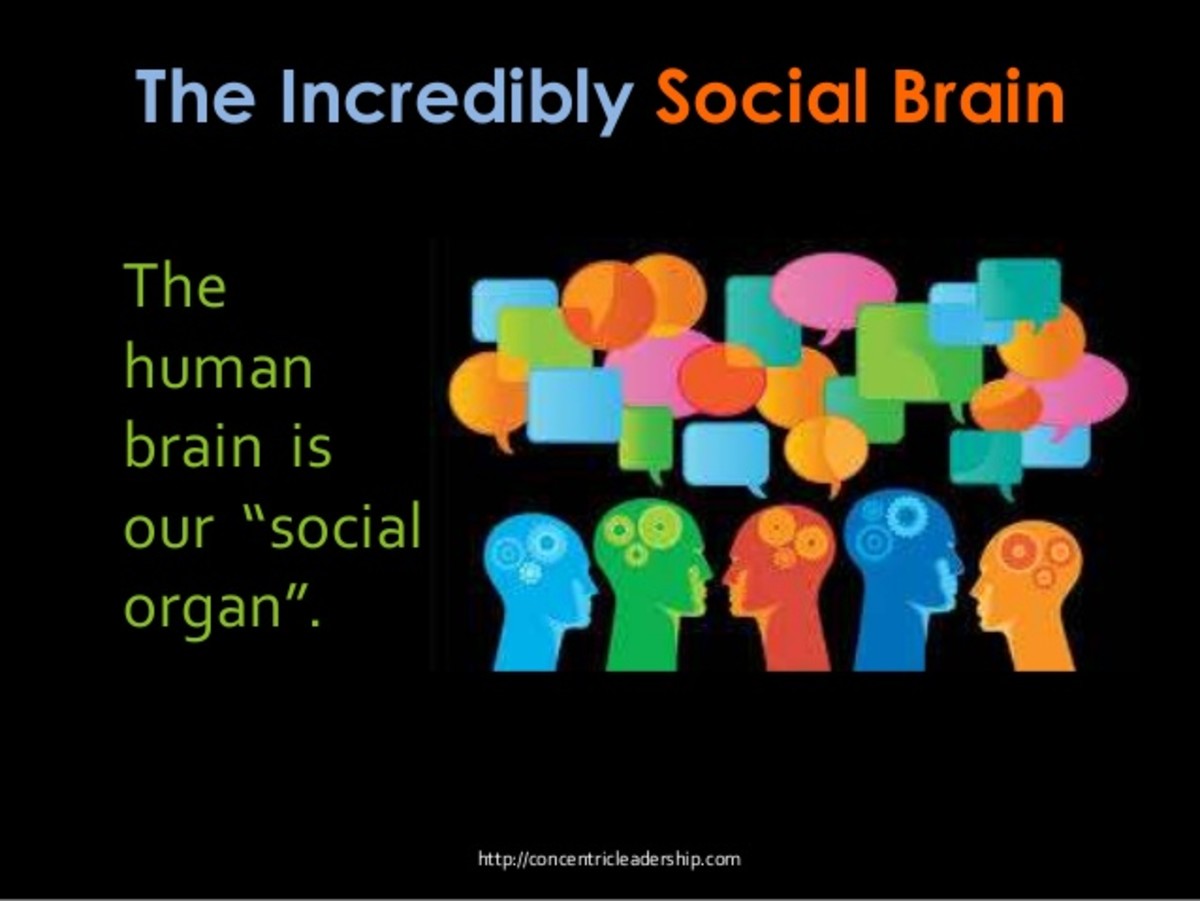Diffusionism
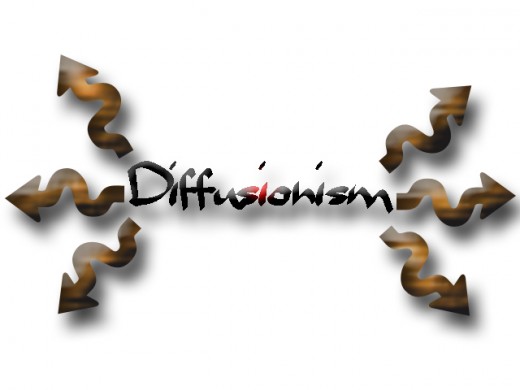
G.Elliot Smith, an Egyptologist was the person who made this theory of diffusionism. It states that the social change takes place due to diffusion of cultures from one to the other. Smith says that around 3000 B.C unusual conditions produced a great spurt in cultural development among the people of Nile valley, agricultural techniques were rapidly improved, geometry improved, metal work and top making processes were evolved, a new and effective political orders were devised which spread through the Mediterranean to all people of the world.
Smith says that the inventiveness of the Egyptians of that period was the cause of social change in various societies of the world. To validate his theory, Smith tried to find cultural similarities between early Egyptians and people as far removed in space and time. He found satisfactory evidences.
The new ideas for inventions may come not only from different parts of the same social heritage, but also from different cultures. The transference of culture traits from one area to another or from one part of culture to another part is called diffusion.
In any given area the number of locally invented elements is only a small traction of the total culture. This fact is shown in a vivid manner by Linton. Most of the social heritage of colonial America was brought there from England, Spain and other European Countries. England and France derived much of their culture from Italy. Italy in turn, borrowed from the Greeks. Egypt has been shown to be greatly indebted for her culture to the valley of the Euplanates. These has been a vast amount of borrowing of culture by one region from another.
The concept of cultural log was first given explicit formulation by W.F.Ogburn in his book social change. He distinguished between 'material' and 'non-material' culture. When changes occur in the 'material' culture, there is turn stimulate changes in the 'non material' culture, but the rate of adoption of material changes are more faster than non-material cultures. Hence, an imbalance exists between the two and the adoption of non-material cultures lag behind.
In India, the new technology was associated with alien domination and incurred widespread resistance. When Gandhi and his followers clung to the old ways of spinning and weaving and pottery making, it is obvious that their revolt was animated not so much by a low for the older techniques as by a desire to maintain the culture associated with them. The people of the Western world also been subjected to the sudden impact of new technology on their elder culture, but for them the technology is indigenous and neither imported nor imposed. Hence, there has been, on the whole, a readiness to adopt and to advance the new devices. Everyone acknowledges that there is an intimate connection between our beliefs and our institutions, our valuations and our social relationships. All cultural changes involve social change.
In order to appreciate how cultural change stimulates social change, it is very desirable that we should develop methods of tracing or measuring culture trends. This is a hard task than the measurement of technological change, since the better reveals itself in concrete and comparable embodiments. But many aspects of culture are exclusive and intangible. It is relatively easy to trace change in the arts and in externalized sizes, such as these of architecture, decoration and dress. It is not difficult to trace changes in the range of opinions that register themselves through such devices as voting. It is less easy to study the changes in the ideas that cluster round the everyday life, the popular philosophies the notions of authority, the doubts and the certitudes, the fear and the hopes of men.
Thus diffusion of culture within society and from one society to another has been a great source of cultural and social change in every society.

